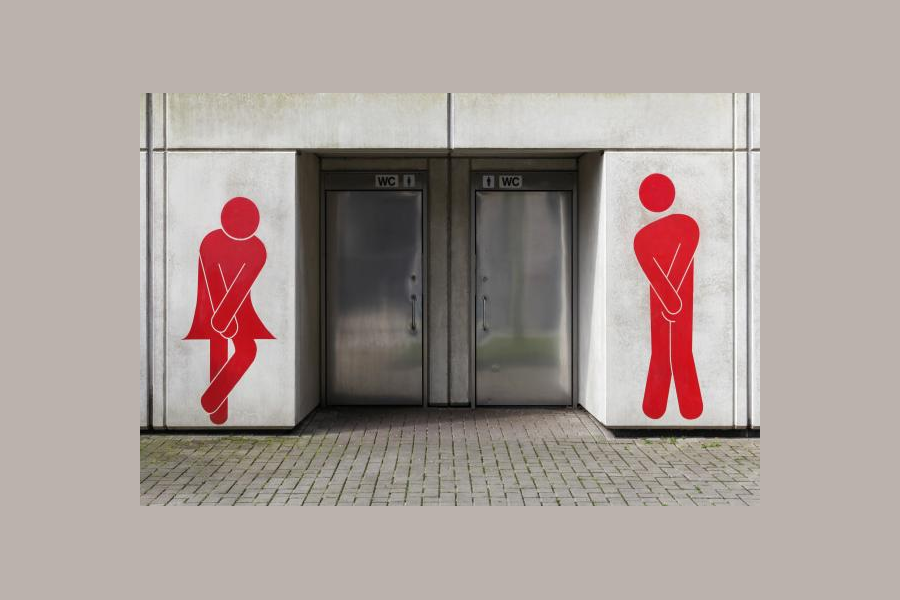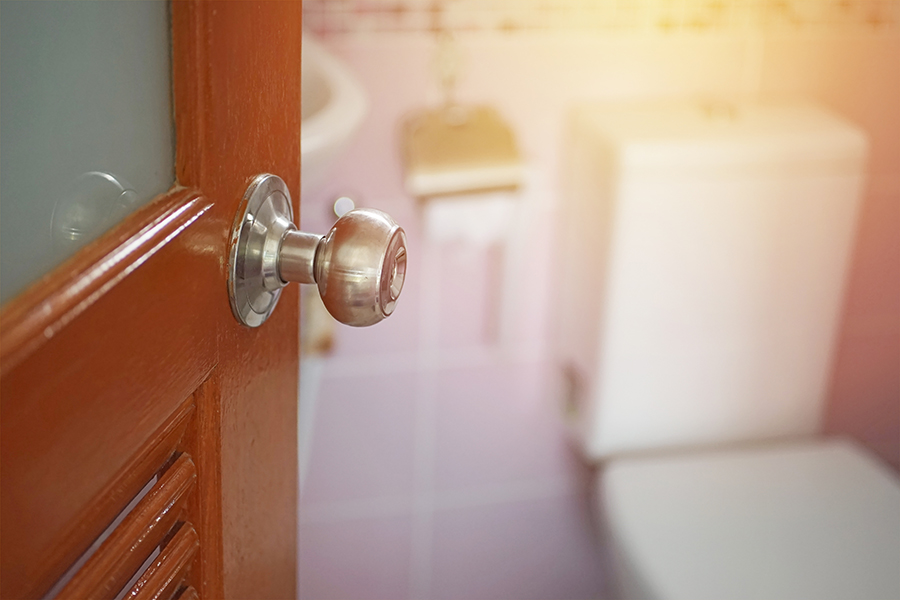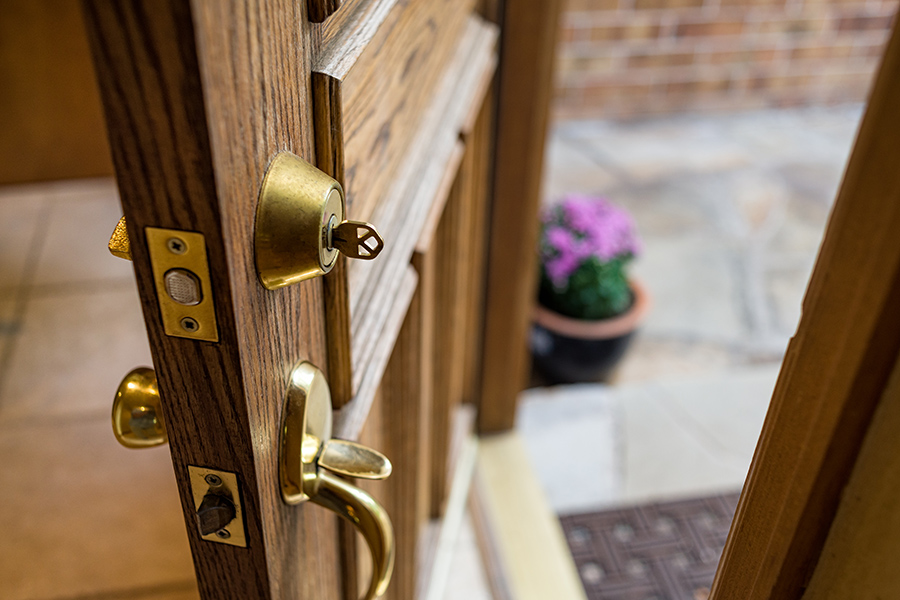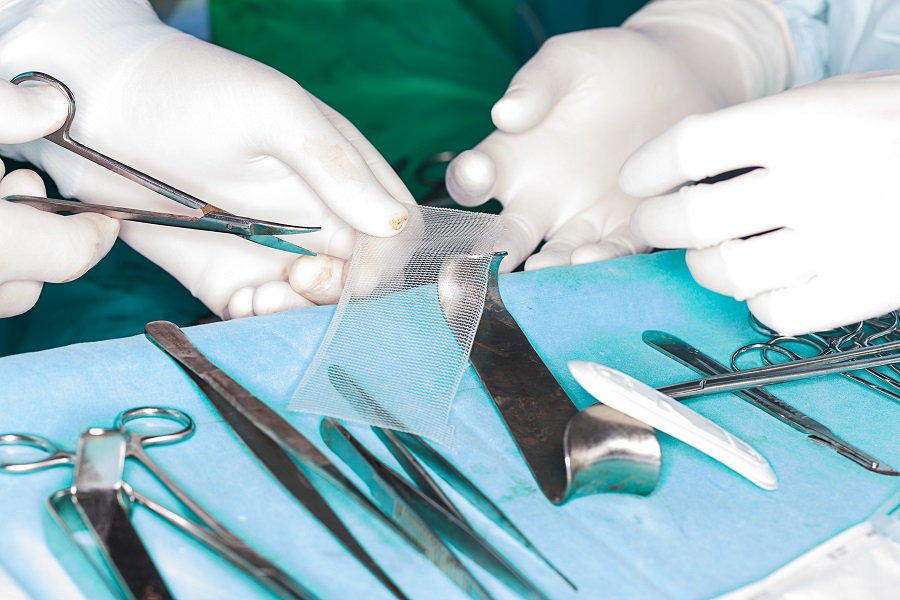Originally published by News-Medical.Net
Continence problems are among the most common pediatric health problems. It’s commonly believed that continence problems resolve with age in all children. However, severe incontinence in childhood can persist into adolescence. New research has found teenagers with incontinence are at greater risk of underachieving academically, and need more support to remove barriers so they can reach their academic potential.
The prevalence of urinary incontinence in teens is around three to four percent and around one percent suffer from bowel incontinence.
The research by academics at the University of Bristol, and published in the British Journal of Health Psychology, explored the impact of the secondary school environment on young people with incontinence and is the only detailed qualitative study carried out in this area in the UK.
The researchers interviewed 20 young people aged 11 to 19 years [11 female and nine males] with continence problems including daytime wetting, bedwetting and soiling. Participants were recruited through five secondary care pediatric continence clinics (four in England and one in Scotland), and three through ERIC, The Children’s Bowel and Bladder Charity and the only children’s charity dedicated to bowel and bladder health. Seventeen of the participants were in full-time education, two attended sixth form college, and one had recently begun university.
Five themes relating to school experiences were produced from the data: boundaries of disclosure – friends and teachers; social consequences of avoidance; strict and oblivious gatekeepers; intimate actions in public spaces and interrupted learning.
The study found it was rare for young people to speak about continence problems at school to both friends and teachers, due to fears of being stigmatized, bullied or teased.
Not being able to tell teachers and other school staff, such as pastoral care staff, creates challenges in how best to support these young people. The study found there is a need to increase teachers’ awareness of the frequency of continence problems in young people, and to provide guidance on how best to provide support at school.





















